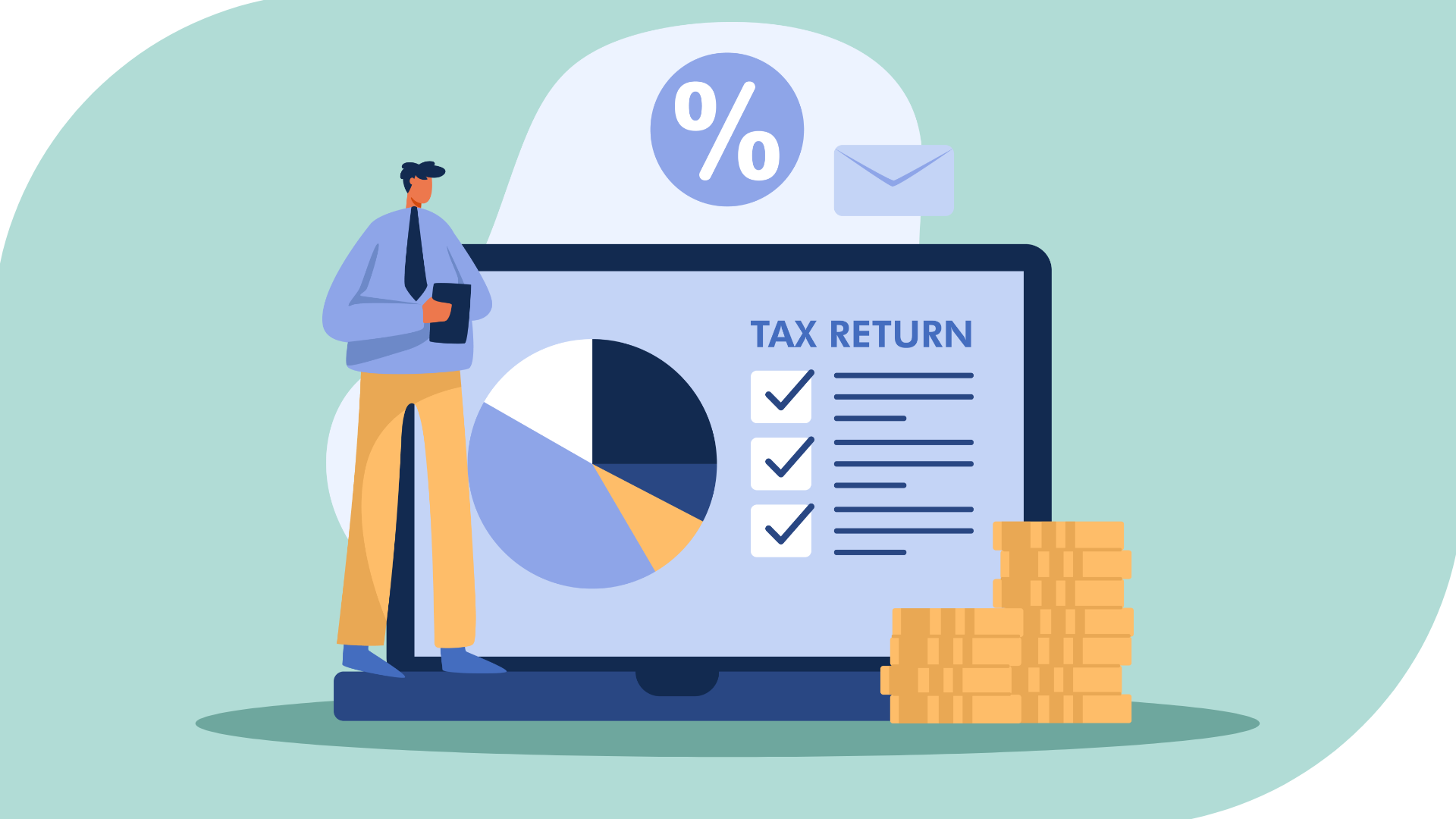TAX PREPARATION
| Print this Article |

Planning to Get Taxes Done On Time—With Less Stress
By Aaron Rubin, JD, CPA, CFP®
Just before the clock strikes midnight on New Year's Eve, we all do it: make resolutions. We promise to lose weight, stop smoking, put down our phones, and of course go to the gym more regularly. While the New Year’s resolution is tradition more than anything else, there are many resolutions made just a few short months later on April 15.
After filing our taxes much too close to the deadline or perhaps extending our returns because we couldn’t quite get the information together on time, we resolve to never do that again. While investment companies issuing corrected 1099s or K-1s being distributed late can throw a wrench into any tax filing timeline, the truth is that much of the stress of tax season is self-inflicted.
As advisors, there are things we can do to help our clients (and probably ourselves) make life a little easier. Tax preparation is a year-round event that with the right systems in place can make the filing process easier. By being more proactive, we can help our clients and build stronger relationships with our CPA centers of influence. Here are three actions to consider.
Leverage Technology
Clients don’t know where to start. As financial planners, we use technology to our advantage when it comes to taxes. We can provide electronic 1099s and cost bases by leveraging custodian-provided tools or internal accounting systems. Many of our clients aren’t as organized, and amass piles of mail or emails without much organization.
There is nothing a CPA hates more than getting a shoebox of receipts at the end of tax season. One busy season, I actually received a physical shoebox full of receipts, which up to that point I had assumed was merely a tall tale like the Chupacabra. Usually, the shoebox is more virtual than anything else. Strings of emails and/or e-receipts loaded onto a thumb drive for some poor preparer to sift through is a form of cruel and unusual punishment and will lead to justifiable prep cost increases.
Thankfully, there is an app for that. Organizing the dizzying quantity of charitable, business, and medical expenditures is as easy as snapping a pic. Most of the products in the Apple app store (sorry Android users, you’re on your own) are geared toward small business, and in my quick tour and tests I didn’t see an easy way to parse out charity and medical for most of them. That said, I did test Genius Scan, which lets you apply tags to your receipts to make them much easier to organize. Not the most elegant but it’ll get the job done.
Get the Ball Rolling
Inertia is real. Aside from disorganization, the most common cause of late tax filing is avoidance. (Laziness is such an impolite word!) Taxes aren’t fun, and more often than not, we end up having to pay even more money to the government in April. The whole process reeks of unfairness: we pay a person to help us figure out how much more money we need to pay someone we’ve already been paying throughout the year.
Much like starting that dreaded exercise routine, sometimes clients just need a push. As part of the planning process, our firm has a client vault set up in our planning software. Sometimes, clients don’t receive the 1099s (lose them), and we upload the missing documentation to their vault. For clients who seemingly struggle to get organized, having a tax folder in their vault might be the start they need to get their documents collected.
Outsource
For some, getting documents together just won’t happen. There are accounting services that will comb through all your business and personal transactions, sort them out, and turn them into your tax preparer. This is where you can leverage your relationships with CPAs and bookkeepers.
Going with online providers is a risky endeavor, especially if providing account logins and personally identifiable information. Using reputable accounting firms is the better way to go, and is a good way to build strong, professional relationships with them. When talking with accounting firms, you should look for those that have redundancy in case something happens to the responsible bookkeeper. You should also know if they are offshoring the work since many firms will outsource functions to foreign teams.
Summary
The monetary costs to getting organized throughout the year vary substantially from a few dollars a month to thousands. However, the main cost to organization is time. That time can be condensed into a couple of months in March and April, or it can be spread out in the year prior, making for a much less stressful spring. Like every resolution, it all comes down to consistency.
Aaron Rubin, JD, CPA, CFP®, is a partner at WRP Wealth Management in San Jose, Calif. His practice focuses on executives at pre-IPO companies with stock option compensation. Aaron published his book, Financial Adulting, in 2019.
image credit: Adobe Stock Images

